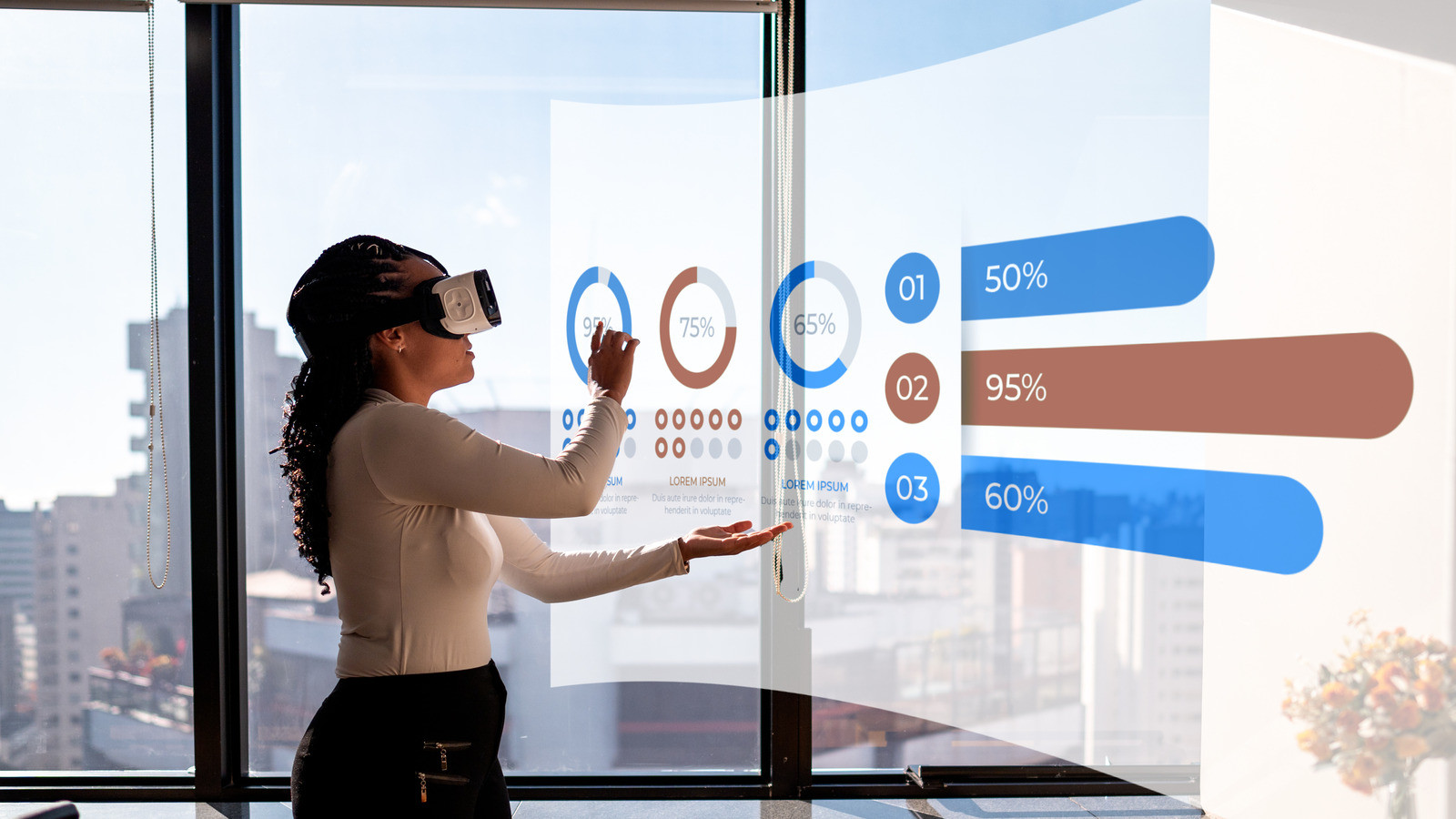AR integrates a combination of digital and physical environments, interactions made in real time, and 3-D identification of both virtual and real objects. Using that data, it can display a 3-D object or interface superimposed on top of the real world. To accomplish this, several hardware components are required, such as a processor, display, and sensors. In some cases, an input device like a mouse and keyboard is necessary if users wish to interact with the interface. Most importantly, the device needs a camera, such as the one found on a smartphone, tablet, glasses, or headset.
There are two types of AR: The first kind is known as marker-based AR, which uses image recognition that lets the software identify objects pre-programmed into a device or application. For example, when users scan a QR code, and information about an object or location pops up. The QR code is a marker, hence “marker-based.” Then, there’s marker-less AR, and as the name implies, users don’t need to scan a marker to receive an augmented experience.
Instead, marker-less AR utilizes information gathered by a device’s geographic location, cameras, sensors like accelerometers or compasses, and even the time of day to generate virtual data. There are numerous sub-categories of marker-less AR, including location-based, superimposition-based, and projection-based AR. Some applications utilize a combination of all the subtypes to provide a more thorough experience. “Pokémon Go” is a form of marker-less AR.


